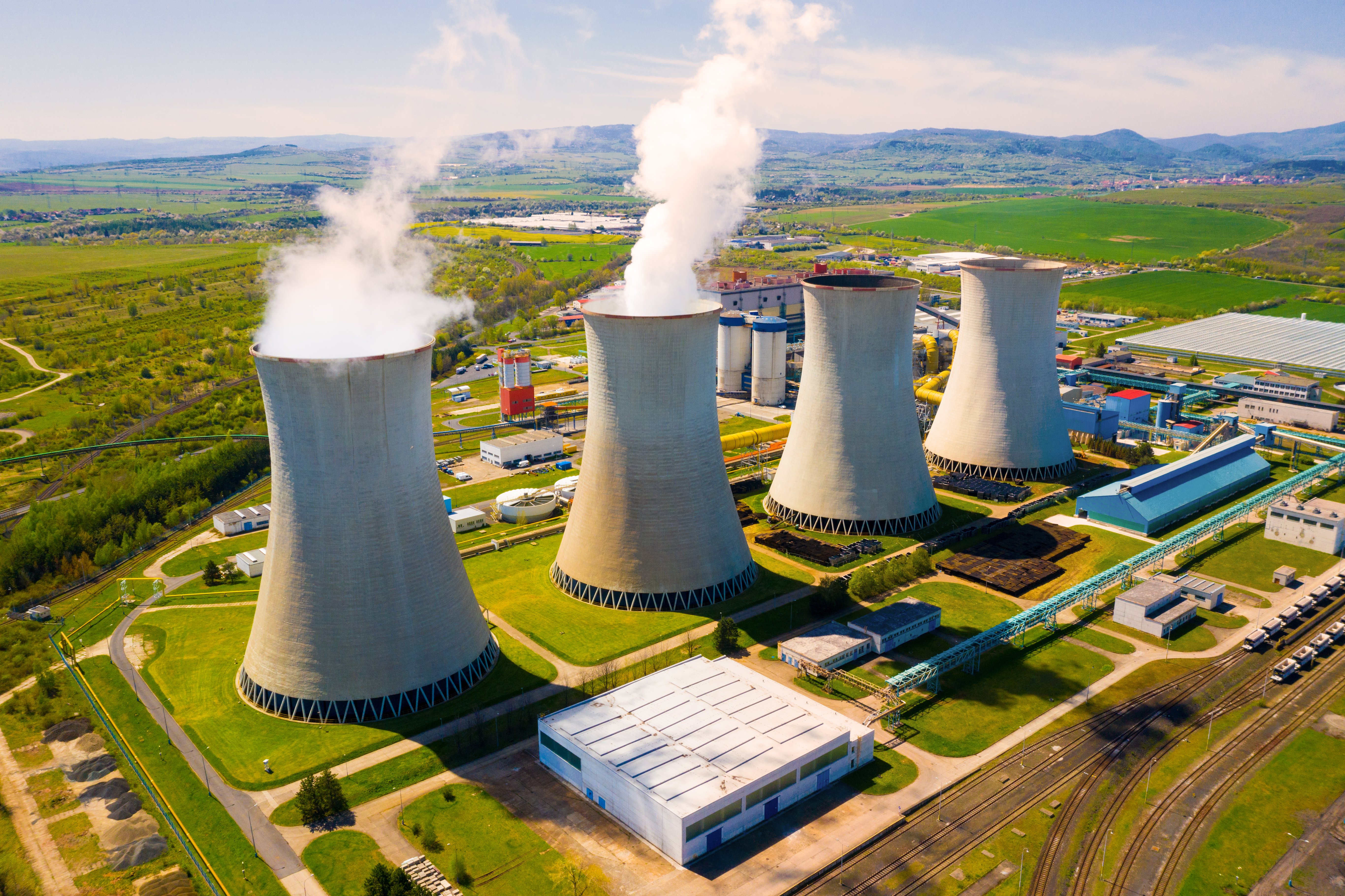Contents
Navigating Greenhouse Gas Management: A Comprehensive Guide
17 April 2024
Sustainability is no longer a buzzword, but a necessity – organizations are increasingly focusing on mitigating their carbon footprint. The time for you to begin your sustainability journey is now. Greenhouse gas (GHG) management has become a key element of corporate responsibility, and understanding how to navigate this complex landscape is crucial.
This guide aims to shed light on the complexities of GHG management, providing a roadmap for organizations wanting to pursue sustainable practices.
Understanding greenhouse gases
Before delving into management strategies, it’s essential to get a good understanding of greenhouse gases. These gases, including carbon dioxide (CO2), methane (CH4) and nitrous oxide (N20), trap heat in the Earth’s atmosphere, contributing to global warming. Greenhouse gas emissions have been increasing steadily, largely due to human factors, therefore effective and timely management is key for preserving the planet.
For effective management, recognizing the different types, sources and effects of GHGs is the first, fundamental step toward reducing and controlling greenhouse gases.
Assessing emissions
The first step in managing greenhouse gases is conducting a thorough emissions assessment. This can be a difficult overtaking as it requires an understanding of emissions across the entire value chain. Organizations must identify and quantify their emissions from various sources, including energy consumption, transportation and production processes. This baselines assessment forms the foundation for targeted reduction strategies. GHGs are separated into three categories, termed scopes:
Scope 1: Emissions from sources the organization directly controls, such as fleets.
Scope 2: Emissions that occur as a result of the organization’s operations but aren’t owned by the company- such as electricity.
Scope 3: Indirect emissions such as business travel or product transportation.
Most countries will have their own legally binding GHG reduction targets - it’s important to stay continuously aware of these regulations and to be on top of your carbon reduction strategies. You can also use a GHG calculator or emissions tracking software to find out where the largest percentage of your emissions stem from.
Setting reduction targets
Establishing realistic and measurable reduction targets is a pivotal aspect of greenhouse gas management. These targets should align with the organization’s overall sustainability goals and be ambitious yet attainable. According to McKinsey, companies with more aggressive targets appeared to overperform on the path toward achieving GHG management goals. Regularly reassessing and adjusting these targets ensures continual progress and sustained dedication to sustainability.
For best results, reduction targets should:
-
Be publicly declared and reported
-
Include baselines and targets
-
Include long-term targets (5-10 years)
-
Address scopes 1-3
Implementing sustainable practices
Sustainable practices lie at the heart of effective GHG management. This includes adopting energy-efficient technologies, optimizing supply chains to reduce emissions and integrating renewable energy sources into operations. Fostering a culture of sustainability among employees ensures that these practices become ingrained in the organizational ethos of your company.
There is no one way to mitigate climate change, but there are a few steps you can take to shrink your carbon emissions:
-
Use recycled resources
-
Pick sustainable suppliers
-
Switch to hybrid or fully electric vehicles
-
Switch to remote work
Leveraging carbon offsets
Acknowledging the challenges of complete emission elimination, organizations can turn to carbon offsets. By investing in verified carbon reduction projects like reforestation or renewable energy initiatives, companies can balance out their emissions, moving toward a net-zero impact on the environment. While it’s not enough to rely entirely on offsetting, it can still be a positive environmental contribution.
Embracing technology
Technology is a powerful ally in the quest for effective GHG management. Advanced monitoring and reporting tools allow real-time tracking of emissions, pinpointing areas for improvement and enhancing the overall efficiency of sustainability efforts. Integrating technology ensures accuracy and accountability throughout the management process.
According to the Carbon Emissions Survey Report of 2022, technology is the fastest road to net zero. Systemically tracking your carbon footprint can help provide insightful data that can help build a roadmap for an organization’s future. In fact, according to the World Economic Forum, digital solutions can reduce global emissions by up to 20%. Technology assists organizations with decision-making and data collection to help alter non-sustainable processes.
Now it’s your turn
Organizations have no time to waste; the call for action is urgent. To properly contribute toward a more sustainable and resilient future, organizations must educate themselves on GHG management and take the necessary steps to ensure their organization is doing everything possible for a cleaner tomorrow. From conducting thorough assessments, setting strong targets and committing to continuous improvement, your organization can make meaningful strides when it comes to GHG management.
For more tips on encouraging sustainability and accountability within your business, check out another one of our blogs: “CSRD: Driving Environmental Accountability and Resilience”

RELATED BLOGS

Mastering ESG Metrics: A Comprehensive Guide for Businesses
21 December 2023 - Team Evotix
The correlation between effective environmental, social and governance (ESG) practices and positive corporate impact and performance is evident. However, leaders and managers at organizations..

10 Proven Strategies for Carbon Reduction
11 April 2024 - Team Evotix
Committing to the journey toward net-zero emissions is an admirable goal for any business, but where do you start? Firstly, you’ll need to assess your business's current carbon footprint. By..
How Emissions Tracking Software Can Transform Your Business
25 March 2024 - Team Evotix
When it comes to sustainability, we’ve got no more time to waste. Global warming is changing the planet and causing its temperature to rise by 0.36°F per decade. The time to act is now - to limit..
